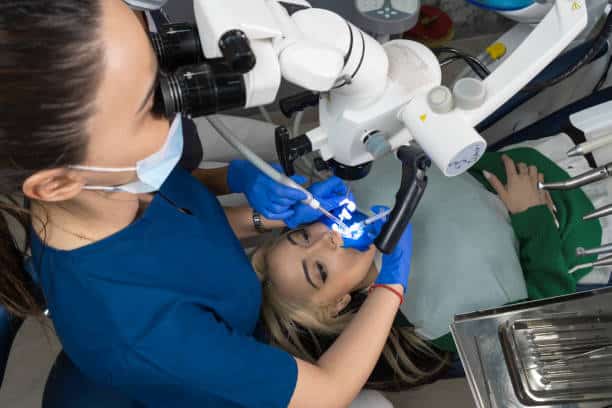Different Types of Braces and Their Pros & Cons
Having misaligned teeth can affect more than just your smile; it can impact your oral health too. Dental braces offer a reliable solution to correct teeth alignment issues, but with various types available, how do you choose the right one for you? Dentist Plano TX is here to guide you through the different types of braces, outlining their pros and cons to help you make an informed decision.
Traditional Metal Braces:
These are the most common type of braces, known for their durability and cost-effectiveness. Their effectiveness in correcting severe misalignments makes them a popular choice. However, their visibility might be a concern for some.
Ceramic Braces:
Similar to traditional braces but made of tooth-colored or clear materials, ceramic braces are less noticeable. They blend in better with your teeth but may be more prone to staining and are slightly more expensive than metal braces.
Lingual Braces:
These braces are fitted behind the teeth, making them virtually invisible from the outside. While their discreetness is a major advantage, they can be challenging to clean and may cause initial discomfort due to their placement.

Invisalign (Clear Aligners):
This innovative option involves a series of clear, removable aligners that gradually shift teeth into place. They are nearly invisible, comfortable, and allow easy oral hygiene maintenance. However, they might not be suitable for severe cases and require strict compliance for effective results.
Pros and Cons Overview:
– Metal braces: Affordable, effective but visible.
– Ceramic braces: Less visible but prone to staining.
– Lingual braces: Virtually invisible but challenging to maintain.
– Invisalign: Nearly invisible and removable but may not suit all cases.
Choosing the right type of braces depends on several factors, including the severity of misalignment, personal preferences, and lifestyle. At Independence Dental, our experienced team assesses individual needs, offering tailored recommendations for the most suitable option.
Regardless of the type chosen, braces require regular care and maintenance. Proper oral hygiene, routine check-ups, and adherence to orthodontist instructions are crucial for successful treatment.
In conclusion, exploring the various types of braces and understanding their advantages and limitations is essential for making an informed decision about orthodontic treatment. Consultation with a professional at Independence Dental will ensure you receive personalized guidance and achieve the best outcome for your dental needs.







